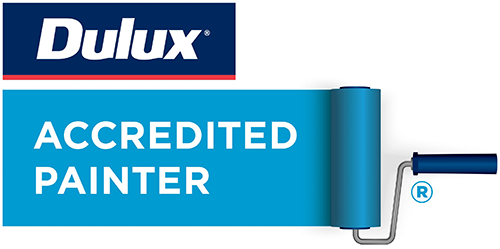Prepping to paint
Prepping thoroughly will help your paint job to stand the test of time, so you won’t have to worry about the unsightly appearance of peeling paint. You’ll need to make sure the wall is as clean as you can possibly make it, removing any dirt that could be trapped under the paint. The best way to do this would be to first use a wire brush to remove trapped dirt and loose mortar, then use a high-pressure hose to wash all the grime away. Then, tape the window sills and doorways with masking tape and you’re ready to go!
Selecting your tools
Like any job, you’ll need to make sure you have the right tools for the job before you begin. Weigh up the size of your project and choose between a roller and a paintbrush. If you’re going to buy a brush, make sure you’ve got a good quality one that will last throughout your project. There’s nothing worse than finishing your painting and having to pick out the brush bristles that came off the brush!
Choosing the right paint
Outdoor paints differ in many ways to indoor paints. For example, most exterior paints are UV and mould resistant as well as weatherproof. Make sure you’re looking at the right range and ask for help if you’re unsure – it’s important to get this right. The paint will dramatically affect the finished look of your project as well as how long it will last. Once you’ve got the right paint, you’re ready for the main event.
Get ready to paint
Start by stirring your paint well, then wash your roller before you dip it in. A damp roller will hold the paint better and make it easier to get smooth, even strokes. Start from the bottom and work your way up, keeping the paint on the roller even and ensuring that you’re overlapping your strokes neatly.
Wait a couple of hours, apply a second coat and get ready to enjoy your home’s new look.









